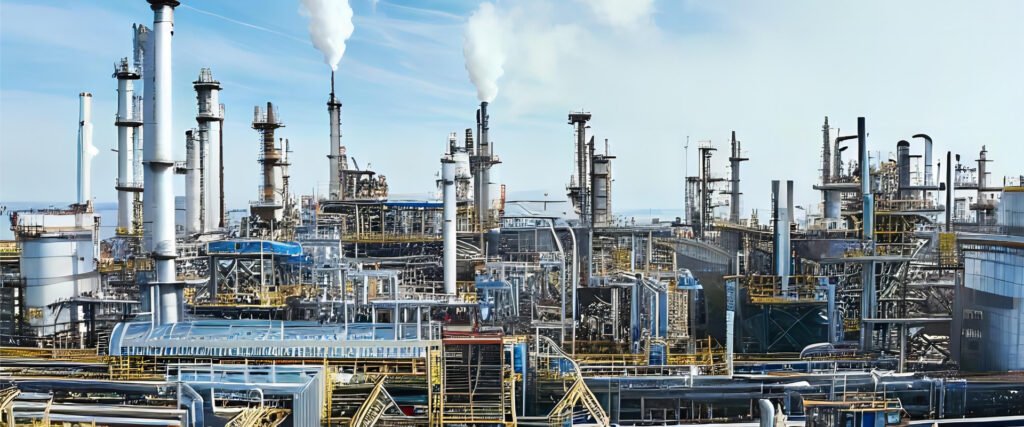Your cart is currently empty!
TEL:08615998857658

ashless dispersant additives in oil
Ashless dispersant additives are chemicals added to lubricating oils, particularly in automotive and industrial applications, to prevent the formation of deposits and sludge.
Description
Ashless dispersants are a type of lubricant additive used in engine oils to keep engine components clean by preventing the formation of deposits and sludge. They are called “ashless” because they don’t contain any metal-based components that leave behind ash when burned, unlike their predecessors, metallic ash dispersants. Here’s a deeper look into their characteristics and functions:
Benefits:
- Cleaner Engines: Ashless dispersants effectively disperse contaminants like soot, dirt, and oxidation products, preventing them from accumulating and forming deposits and sludge. This helps maintain cleaner engines and potentially extend engine life by reducing wear and tear.
- Reduced Emissions: Cleaner engines can lead to reduced emissions of pollutants like particulate matter, which contributes to air pollution.
- Improved Fuel Efficiency: Cleaner engines can also experience improved fuel efficiency as less energy is wasted overcoming friction caused by deposits and sludge.
- Compatibility with Emission Control Systems: Ashless dispersants are compatible with modern emission control systems, unlike metallic ash dispersants, which can deactivate catalysts and hinder their effectiveness.
How They Work:
Ashless dispersants typically consist of organic molecules containing polar (attracted to charged molecules) and non-polar (not attracted to charged molecules) groups. They function through two main mechanisms:
- Adsorption: The polar group in the dispersant molecule attaches (adsorbs) to the contaminant particles.
- Solubilization: The non-polar group in the dispersant molecule interacts with the oil, making the contaminant particle more soluble in the oil.
This combined action keeps the contaminants dispersed throughout the oil, preventing them from settling and forming deposits. The oil filter then removes these dispersed contaminants during oil changes.
Types of Ashless Dispersants:
Several types of ashless dispersants exist, each with slightly different properties:
- Succinimides: These are the most common type of ashless dispersant, offering good dispersing and detergent properties.
- Esters: These offer good thermal stability and oxidation resistance, making them suitable for high-temperature applications.
- Oxazolines: These are known for their good dispersing power and low volatility.
- Thiophosphonates: These offer additional anti-wear and extreme pressure (EP) properties along with dispersing capabilities.
Applications:
Ashless dispersants are widely used in various engine oils, including:
- Synthetic and semi-synthetic engine oils: These oils typically rely more heavily on ashless dispersants due to their lower inherent dispersing abilities compared to mineral oils.
- Modern gasoline and diesel engine oils: As environmental regulations become stricter and emission control systems become more sophisticated, ashless dispersants are crucial for ensuring compatibility and maintaining engine cleanliness.
Overall, ashless dispersants play a vital role in modern engine oils by keeping engines clean, improving fuel efficiency, and reducing emissions. They are an essential component of ensuring the optimal performance and lifespan of modern engines.







Reviews
There are no reviews yet.